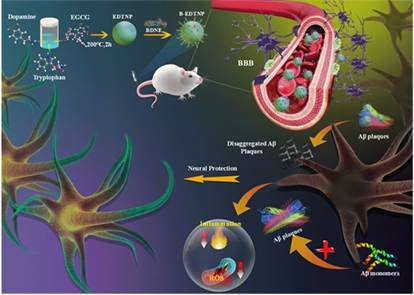
Skin Condition could be a sign of concern
New Delhi, March 18 (IANS) A skin condition characterized by thickening, dark pigmentation, and velvety appearance of the skin at the nape of the neck among people with Type 2 diabetes may indicate a higher risk of liver cell damage (fibrosis), said researchers from Fortis C-DOC hospital for Diabetes and Allied Sciences and AIIMS on Monday.
The easily identified skin condition, called Acanthosis Nigricans, is usually found in individuals with insulin resistance and is typically observed at the nape of the neck. However, it can also manifest in other areas such as the axillae, elbows, knees, and groin, said the researchers in a statement.
The study, published in the journal Primary Care Diabetes showed that “Acanthosis Nigricans has the potential to be used as an easy-to-identify clinical marker for risk of hepatic fat and fibrosis in Asian Indians with type 2 diabetes, allowing for early detection and management strategies”.
The findings are important because of the significantly large number of people living in India with insulin resistance and early onset of Type 2 diabetes.
“In this case-control study involving patients with Type 2 diabetes, we made important observations indicating an independent association between the presence of Acanthosis Nigricans and hepatic steatosis and fibrosis (adverse markers of liver damage),” said Dr Anoop Misra, Padma Shri, co-author of the study and Executive Chairman & Director, Diabetes and Endocrinology, Fortis C-Doc Hospital, in a statement.
For the study, the team examined 300 people with Type 2 diabetes and with Acanthosis Nigricans, and those without the skin condition.
They found that the skin issue is more common in women, overweight/obese individuals, and those with a family history of type 2 diabetes.
The correlation with severity of neck Acanthosis Nigricans was found to be “strongest, with fasting insulin and glucose levels, and insulin resistance as compared to the disease at other sites, that is, axilla, and knuckles.”
–IANS
rvt/dan




